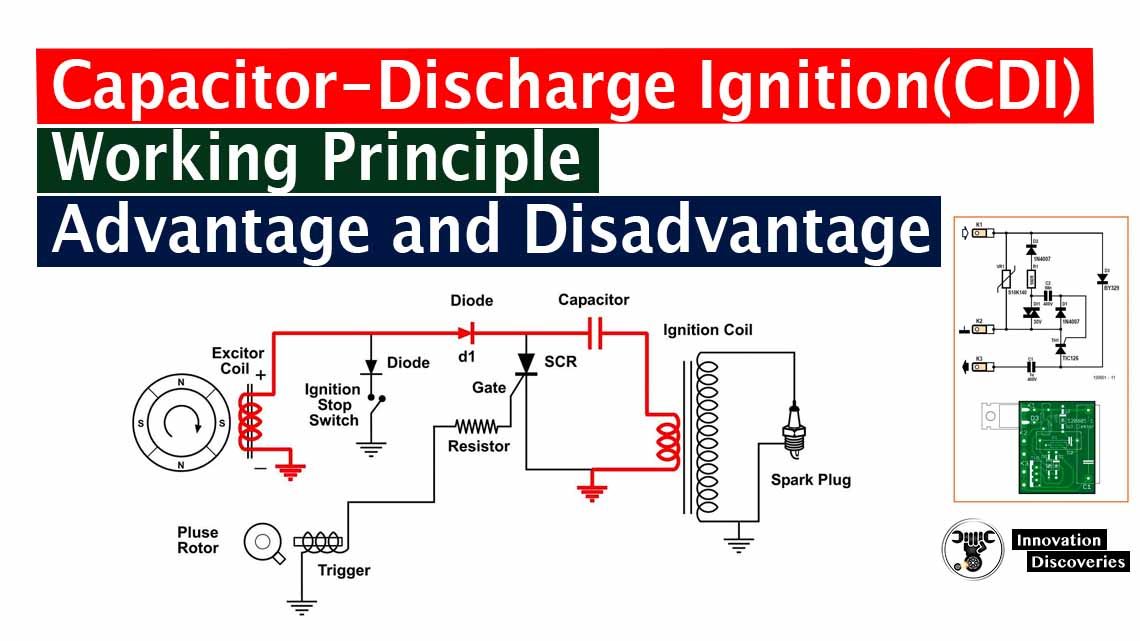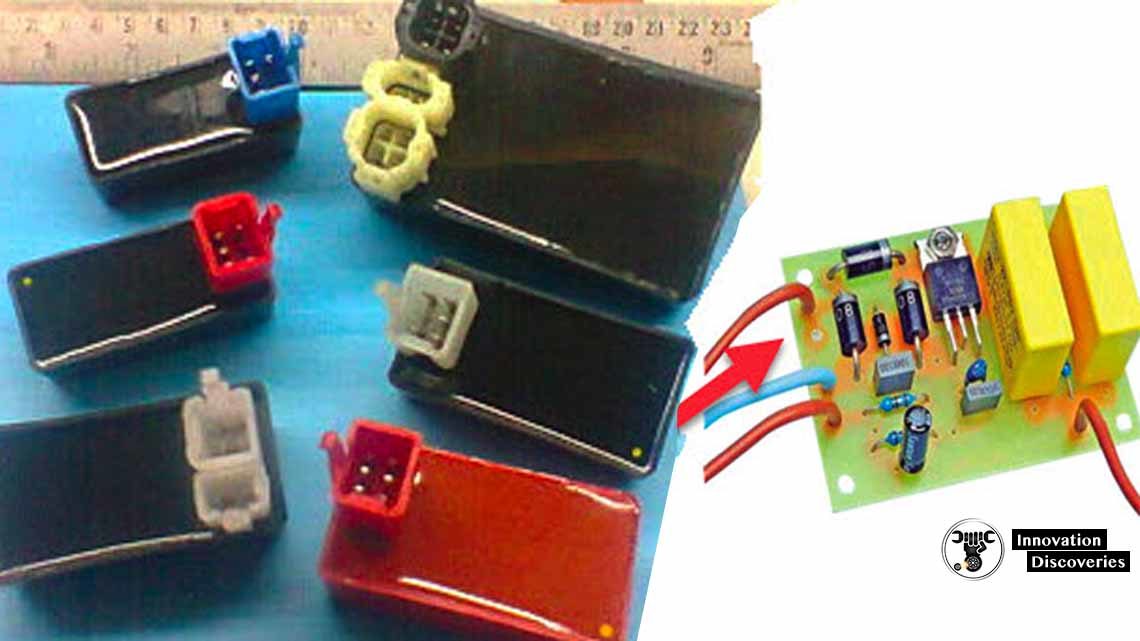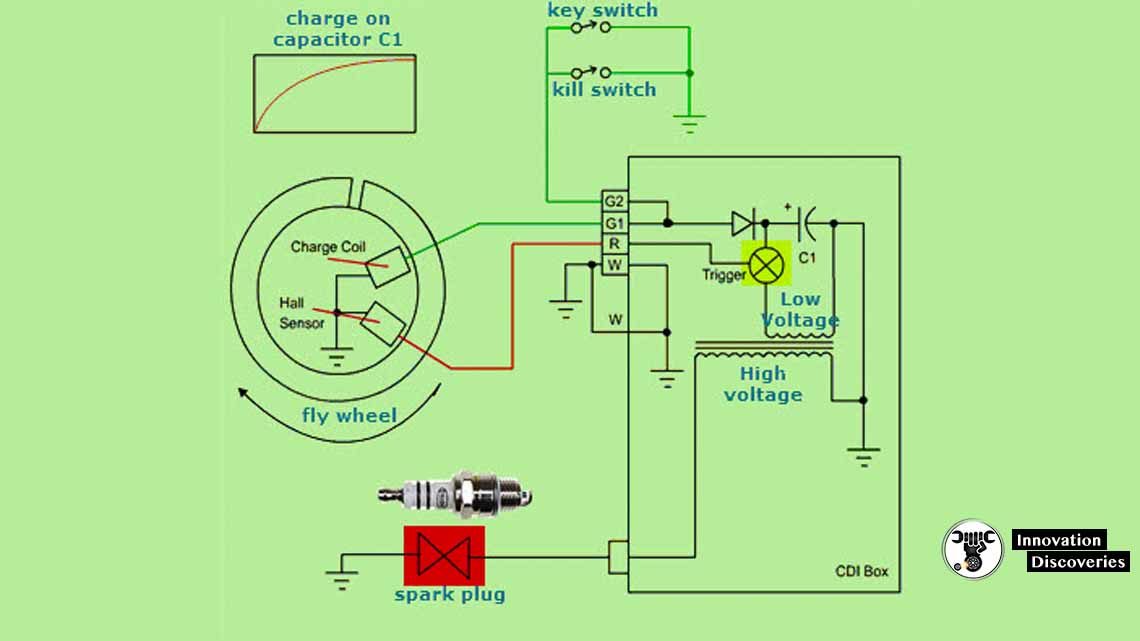
What is a CDI System?
A Discharge Ignition Capacitor is an electronic ignition device that stores an electrical charge,
Then discharges it through an induction coil to supply a strong spark from the
Spark plugs during a petrol engine.

Charge capacitors here provide ignition.
The capacitor charges and;
Discharges within a fraction of your time making it possible to make
Sparks CDI’s are commonly found on motorbikes and scooters.
Working principle a CDI System
The capacitor discharge ignition process is accompanied by an electric current flowing through it.
This sort of ignition builds up a charge quickly. A CDI ignition starts by generating a charge
And storing it up before sending it bent the sparking plug to ignite the engine.
This power passes through a capacitor and is transferred to an induction coil
That helps boost the facility by acting as a transformer and,
Allowing the energy to undergo it rather than catching any of it.
The CDI ignition systems, therefore, allow the engine to stay running as long as there’s a charge within the power source. The diagram of CDI shown below.

Working of Capacitor Discharge Ignition
A Capacitor Discharge Ignition consists of several parts
And is integrated with the ignition of a vehicle. The foremost parts of a CDI include the stator,
Charging coil, hall sensor, flywheel, and therefore the timing mark.
Flywheel and Stator
The flywheel may be a large horseshoe static magnet rolled into a circle that turns-ON the crankshaft. The Stator is that the plate holding all the electrical coils of wire,
Which is employed to power ON the induction coil, bike’s lights, and battery charging circuits.
Charging Coil
The charging coil is one coil within the stator,
Which is employed to supply 6 volts to charge the capacitor C1.
Supported the flywheel’s movement the only pulsed power is produced
And is supplied to the spark plug by the charging coil to make sure the utmost spark.
Hall Sensor
The Hall Sensor measures the Hall effect, the instantaneous point where the flywheel’s
Magnet changes from north to the South Pole.
When the pole change occurs, the device sends one,
Tiny pulse to the CDI box which triggers it to dump the energy from the charging capacitor into the high voltage transformer.



3 Comments